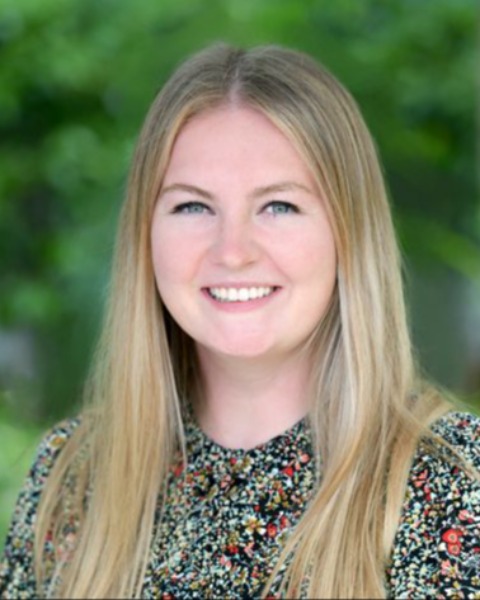Developmental and Behavioral Pediatrics
Session: Developmental and Behavioral Pediatrics 2 Works in Progress
WIP 95 - Predicting developmental outcomes of infants from environmental and neurophysiological factors: preliminary analyses
Friday, May 3, 2024
5:15 PM - 7:15 PM ET
Poster Number: WIP 95
Publication Number: WIP 95.737
Publication Number: WIP 95.737

Riley C. Elmer, BS
Graduate Student
Children's Hospital Los Angeles
Los Angeles, California, United States
WIP Presenting Author(s)
Background: The first year of life includes critical milestones of cognitive and motor development. Early identification of impairments is imperative to providing optimal treatment. While developmental milestones are expected at certain ages, there is variability in the onset (e.g., reaching emerges around 3-5 months of age). The influence of environmental factors, such as feeding and sleep schedules, on the timing of skill emergence is not well understood. Nor is the relationship between neurophysiologic activity and skill emergence. While previous research shows neurophysiological differences through electroencephalography (EEG) across feeding types (Jing et al., 2010) and in relation to early language development (Ferguson & Molfese, 2007), a multi-factorial approach has not been explored.
Objective: Our objective is to identify environmental factors and neurophysiology markers that predict development outcomes.
Design/Methods: Data are collected through the Infant Neuromotor Control Laboratory at Children’s Hospital Los Angeles with IRB approval. Participants are infants with typical development, assessed monthly between approximately 2-7 months of age. Measures obtained through survey and observational assessment include age, weight, length, Bayley scores, type of feeding, sleep schedule, and 32-channel EEG recordings. EEG analysis variables are relative power in frequency bands (delta, theta, alpha) and coherence values across electrodes. By April 2024, we expect to have over 40 completed data sets available. To address our objective, we will conduct logistic regression analyses for each developmental category. Bayley Scales of Infant and Toddler Development motor, cognitive, and language composite scores will be categorized into “above” or “below” the 50th percentile ( < 100 or ≥100). Environmental factors and EEG variables will be used to predict developmental outcomes. The results will provide preliminary evidence for the strongest predictors of developmental outcomes; our continued work will inform clinical assessment and intervention.
